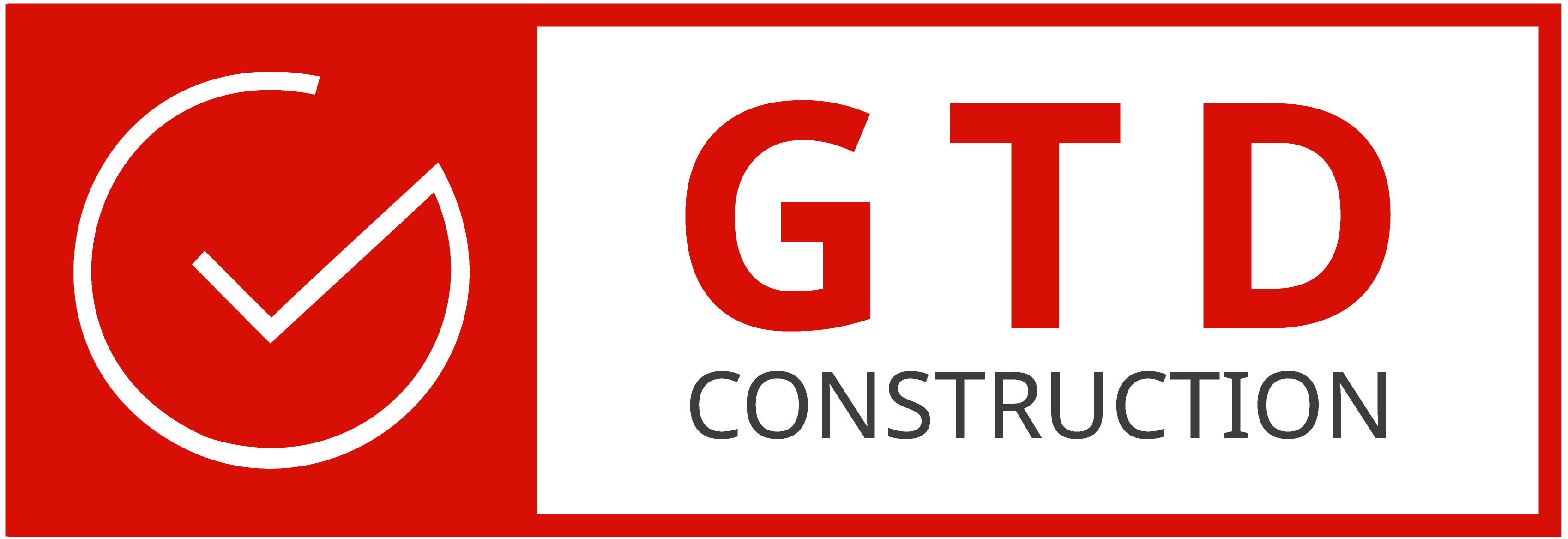Subdivision costs are very confusing and overwhelming. However, you can minimize expenses with strategic planning. You need to do careful budgeting and understand the process to reduce costs. Here are some strategies that experts use to keep subdivision costs manageable in projects.
Conduct Thorough Site Investigations
A site investigation is essential before starting. It helps identify potential issues early. You will know the land’s condition, and help you plan effectively. Addressing soil problems avoids costly surprises later. Proper investigations also prevent delays and legal complications.
Ignoring site investigations can increase costs. Unexpected soil or drainage issues will disrupt your project. By conducting investigations upfront, you can make informed decisions. As a result, you will avoid costly mistakes and ensure smoother project execution.
Hire Local Professionals
Hiring local professionals can save money. Local experts understand subdivision rules. They can navigate regulations and avoid subdivision cost errors. Hiring a local surveyor ensures accurate land measurements while understanding property trends.
Working with out-of-town experts might increase costs. Unfamiliarity with local regulations can cause delays. Also, misunderstandings with the council could lead to fines. Local professionals provide valuable insights and help avoid unnecessary expenses. It keeps your subdivision projects within budget.
Optimize Land Use
Efficient land use is crucial for reducing costs. You can maximize the number of lots without overcrowding. Smaller lots reduce infrastructure expenses, including roads and utilities. Proper planning helps you make the most of the available space.
Wasting space leads to higher subdivision costs. Larger lots require more infrastructure, which increases expenses. You can carefully design the layout to optimize your land. It minimizes infrastructure costs and boosts potential profits from each lot.
Negotiate with Contractors
Negotiating with contractors is an effective way to save. Always seek multiple quotes before hiring. Competitive pricing helps reduce overall costs. You can establish clear expectations in the contract to avoid unexpected charges. Good communication also prevents costly misunderstandings.
Failure to negotiate can inflate costs. Moreover, contractors may charge more without competition. You must seek quotes and negotiate terms to secure the best rates. Clear contracts ensure all parties understand the scope. It reduces the likelihood of additional subdivisional costs.
Use Pre-Approved Plans
Using pre-approved plans can speed up the process. Local councils often have templates that meet the requirements. Pre-approved designs minimize the risk of costly rejections. They also reduce the time spent in the approval process and save money.
Custom designs may require costly adjustments. Unapproved plans could delay your project and increase expenses. Pre-approved plans streamline the subdivision costs and the process. You will avoid unnecessary costs while ensuring your project complies with local regulations.
Plan for Long-Term
Planning for long-term maintenance reduces future subdivision costs. Ensure roads, drainage, and utilities are built to last. High-quality infrastructure lowers the chances of costly repairs. Good planning helps prevent expensive fixes, and you save money over time.
Ignoring long-term maintenance increases future costs. Do not use cheap materials, as it may lead to frequent repairs. Investing in durable infrastructure means you avoid unexpected expenses. Proper planning ensures your subdivision remains cost-efficient and sustainable for years to come.
Consult GTD today
Minimizing subdivision costs requires careful planning. You can follow the above strategies to reduce expenses and stay on budget. For more expert advice, visit www.gtd.nz. The team will maximize your property’s value while keeping subdivision costs manageable!
